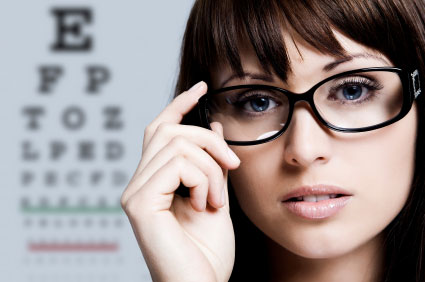What To Expect During A Calgary Eye Exam

A regular Calgary eye exam is just as vital as completing frequent visits to your dentist or general doctor. With recurrent visits to your reliable eye doctor such as Dr. Alex G. Wilson & Associates, early detection of serious eye conditions such as cataracts, glaucoma, diabetic retinopathy, and macular degeneration is possible. An eye examination can detect impaired vision as well.
Indeed, an eye examination is a crucial part of maintaining good eye health. Perhaps, you are curious about what usually happens during a comprehensive eye exam. Read on to know the details.

The eye doctor will check your eyes, pupils, and eyelids to ensure that they are healthy and function properly. If the doctor finds any complication on your eyes, then he or she will perform some tests for diagnosis and treatment.
To check your eyes’ physical condition thoroughly, the doctor will dilate your pupils, take an optical coherence tomography image of your eyes or take a digital retinal photograph.
Although, there are tons of ways for eye doctors to attest if your eyes are working together, the most common and simplest method is the cover test.
In a cover test, the eye doctor will let you focus on a certain small object across the room, and then will alternately cover each eye while you are focusing on the object. The test is repeated, but this time, the object is placed near.
Also during the test, the eye doctor will check if the uncovered eye moves to pick up the fixation target, which may be indicative of strabismus or a more delicate binocular vision condition that may cause amblyopia or eye strain.
This test is normally associated with eye examinations, which allows you to look at a chart with letters that gets smaller as you go down. This test is done with one eye after the other. This will help determine how you can see things at various distances. If you are having trouble looking at close or far distances, then you may require contact lens or glasses to correct your vision.
The eye doctor completes this test during the early stages of an eye exam to determine an estimate of your eyeglass prescription.
In this test, the room will be slightly dimmed, and you will be requested to focus your vision at a big target, which is normally the big letter E on the eye chart. As you are looking at the letter E, the eye doctor will then shine a light in front of your eye and flip lenses using a machine. This test will help determine which lens powers are correct for your distance vision.
Base on the way light reflects your eye, the eye doctor can estimate your prescription, which from time to time is right on the target.
Retinopathy is particularly helpful to patients and children who were not able to provide exact answers to the eye doctor’s questions.
